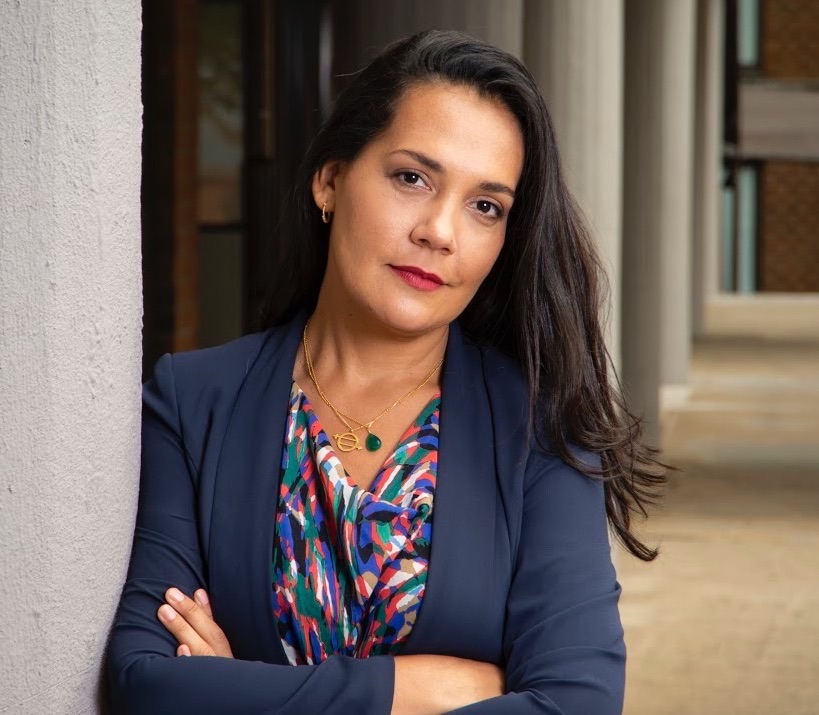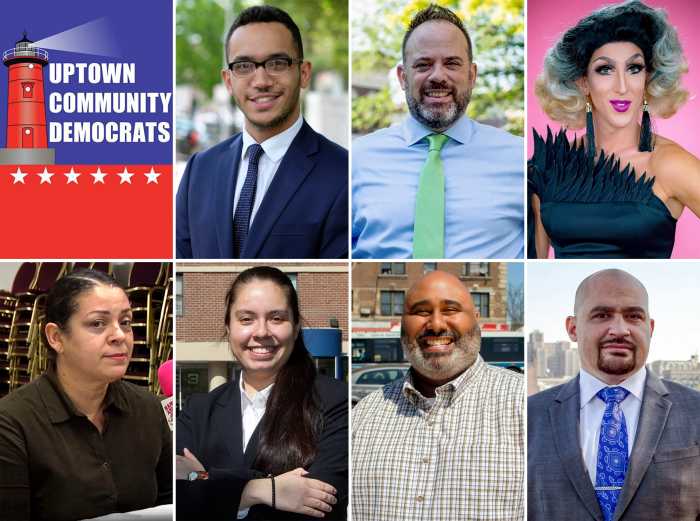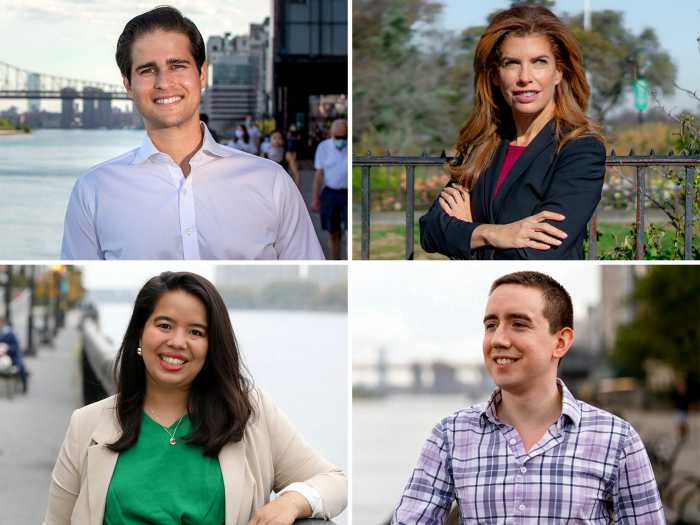It is no secret that homelessness is a crisis in New York City. In January, there were almost 56,000 people using homeless shelters in the city each evening, constituting more than a 140% increase in the shelter population over the past decade. There are about another 4,000 homeless living on the streets. Even worse, this comes despite homelessness spending more than doubling under the current mayor, from $1.2 billion in FY2014 to $3.5 billion in FY2020. That works out to about $58,000 for every homeless person – enough to rent each of them an apartment in Hudson Yards.
Clearly, we are doing something wrong, and more spending is not the answer. Instead, we must fundamentally change how we spend our homelessness dollars. As of now, the city’s response to homelessness has been reactive, focusing on how to put a roof over a homeless person’s head for the night. But if we really want to end this crisis, we need to focus on how to put a roof over the person’s head permanently.
This strategy must begin from the moment people seek help. When an individual or family enters the shelter, the first person they should meet with is a social worker. And instead of the first task being to find them a bed, it should be to develop a plan for how they will transition to a stable living situation. Depending on the case, the solutions may include referral to supportive housing or inpatient treatment; registration for vocational training; or help applying for SSI or Section 8 vouchers. If crafting a plan during intake is overly ambitious, then it should happen not long after – something that should be feasible, considering the average family in a shelter now spends 520 days there.
In my activism work, I have personally witnessed how the current system fails people needing housing. My friend with a disability was cycling in and out of shelters and drug rehab, all the while having trouble applying for SSI. If he only had the help he was entitled to, instead of being stonewalled and shamed over his circumstances, he could have had a stable situation.
In the current system, people can wait months for housing. And when shelter residents seek housing, operators have wide latitude in selecting residents and sometimes cherry pick the least challenging cases. Providers reject people for things like untreated depression, having a service dog, or “lack of insight” into whether they will utilize support services (why they need convincing that a homeless person will accept help is baffling).
This speaks to a need to reorient our priorities in homeless services, to a “Housing First” model. Under Housing First, the default preference is always to put people in supportive housing, instead of packing them like sardines in shelters. And with all the chatter of converting vacant hotels and office space into housing, we have a ripe opportunity to create more supportive housing. Evidence suggests this would do more to relieve homelessness: through a new subway homeless outreach program that began in May, 66% of homeless taken to a private room stayed the night, compared to 29% taken to a shelter.
The fiscal implications of this policy are not yet totally clear, but Housing First will likely save money, if we no longer have to finance the shelter-industrial complex. Then we can stop spending on boondoggles like $300 million for housing homeless in hotels (and the ensuing NIMBYism), or $64 million to contract out homeless outreach to a nonprofit whose workers stayed in their office. And registering shelter residents for state and federal-funded programs can take some of the financial burden off the city’s coffers. Besides that, leaving the street homeless out in the elements often results in acute, and very costly, medical emergencies. This helps explain why one study found that Housing First saved $31,545 per person over two years; another study, $23,000 per person per year.
Other challenges remain. While Section 8 vouchers can alleviate homelessness, we need to get serious about cracking down on illegal discrimination against tenants using them. That will likely take significant effort, considering 88 landlords were caught allegedly refusing to rent to people with Section 8 vouchers. If we do not stop this, then voucher holders will be left wandering the earth like the Israelites in the desert.
There are many words you could use to describe homelessness in our city: catastrophic, obscene, even immoral. But there is one thing it is not: inevitable. We can absolutely put an end to homelessness in our city – not by throwing more money at the problem, but by treating the homeless as people who know how to live in a house. As obvious as that may sound, the concept has apparently eluded city policymakers for decades.









